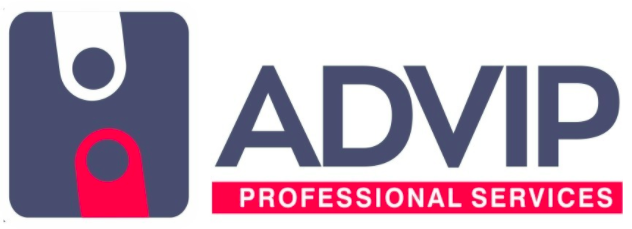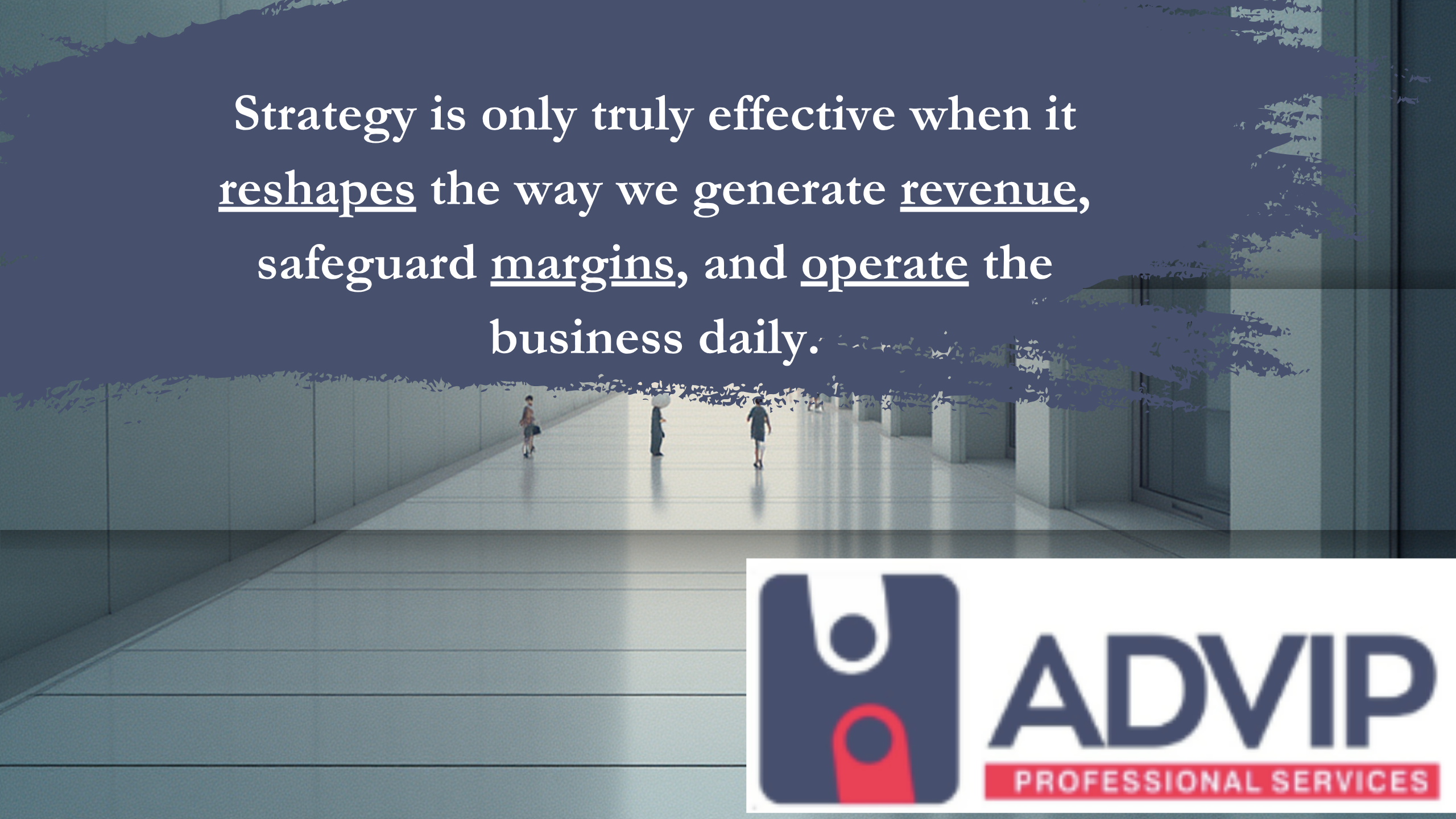Enterprise Value Blueprint: A Framework for 2026+ Strategic Financial Planning
This blueprint provides a step-by-step framework for CFOs to move beyond traditional cost-cutting and build a financial strategy that actively drives scalable, profitable enterprise value.
Phase 1: Diagnosis & Reflection (What did 2025 teach us?)
Before planning forward, you must have a clear-eyed view of the past. Go beyond the surface-level Profit or Loss.
- Analyse Performance: Where did Opex growth outpace revenue growth? What were the real drivers of margin compression (e.g., pricing, mix, utilisation, COGS)? What is going well for you? (e.g., strong working capital, high-performing segments).
- Identify Profit Drains: What is the single biggest “profit drain” in the company? (e.g., low service utilisation, high-cost customer segments, inefficient processes). Which processes are “person-dependent” and create bottlenecks?
Phase 2: Pillar 1 – Architecting Growth
Your goal is to shift from reporting on revenue to architecting a high-margin revenue engine.
1. Define Target Revenue Mix: Strategically define the ideal % mix. (e.g., 50% Product, 35% Services, 15% Recurring). This mix should be your north star for all sales, marketing, and R&D investment decisions.
2. Systematise Lifetime Value (LTV):
- Build formal UPSELL paths (e.g., Premium $\to$ Enterprise tiers).
- Build formal CROSS-SELL motions: (e.g., Attach high-margin services to all product renewals)
- Launch a formal REFERRAL program: (Turn high-NPS clients into a lead source)
3. Implement Data-Driven Retention: Analyse “Highest Retention Clients”: What are their attributes? (Industry, size, products used). Double down here.
- Analyze “Lowest Retention Clients”: What are their attributes? (e.g., implementation issues, wrong customer profile). Create a plan to address the churn drivers or consider divesting from this segment.
4. Define the Key Growth Metric: Target LTV: CAC Ratio: (Goal: 3x or higher). This becomes the primary metric for all marketing and sales spending.
Phase 3: Pillar 2—Engineering Profitability (Wielding the Scalpel)
Your goal is surgical precision: cut inefficient costs to reinvest in high-margin growth.
- Fix the Primary Profit Drains: Launch an initiative to fix the #1 drain (e.g., “Drive service utilisation from 20% to 50%+”).
- Launch a Process Maturity Initiative: Identify critical “person-dependent” processes (e.g., project delivery, solution quoting, new-hire onboarding). Fund initiatives to make them “person-independent” (e.g., create documentation, build a training curriculum, automate steps). This is crucial for scaling without adding proportional cost.
- Define the Key Efficiency Metric: Target Opex-to-Gross-Profit Ratio: (Goal: $\leq$ 55% or similar). This is a more powerful metric than Opex-to-Revenue, as it scales your costs with actual profitability, not just top-line.
Phase 4: Pillar 3 – Measuring What Matters (Upgrading the Dashboard)
Your goal is to shift the company’s focus from lagging indicators to the leading indicators that predict future value.
- Separate Lagging vs. Leading Indicators: Lagging (The “Rear-View Mirror”): EBITDA %, Net Margin %, Revenue Growth. Leading (The “Windshield”): The metrics that create those lagging results.
- Build Your New “Leading Indicator” Dashboard: Sales Funnel Conversion Rates: (e.g., Demo $\to$ Proposal %, Proposal $\to$ Close %).
- LTV: CAC Ratio (tracked by channel, segment, and sales rep).
- Churn Rates: (Tracked by cohort and customer segment).
- Capacity Ratios: (e.g., Service Utilisation %, Demos per Sales Rep, Leads per BDR).
- Process Metrics: (e.g., New Hire Time-to-Productivity).
Phase 5: The Outcome – The CFO as Catalyst
- Redefine the Role of Finance: Move from “control” to “catalyst.” Finance’s job is to provide the data and frameworks that help the entire company balance the “brake” (discipline) and the “gas pedal” (growth).
- Establish Accountability Rhythms: Monthly Review: Track the Leading Indicator Dashboard. Quarterly Review: Review progress against the strategic pillars and lagging indicators.








